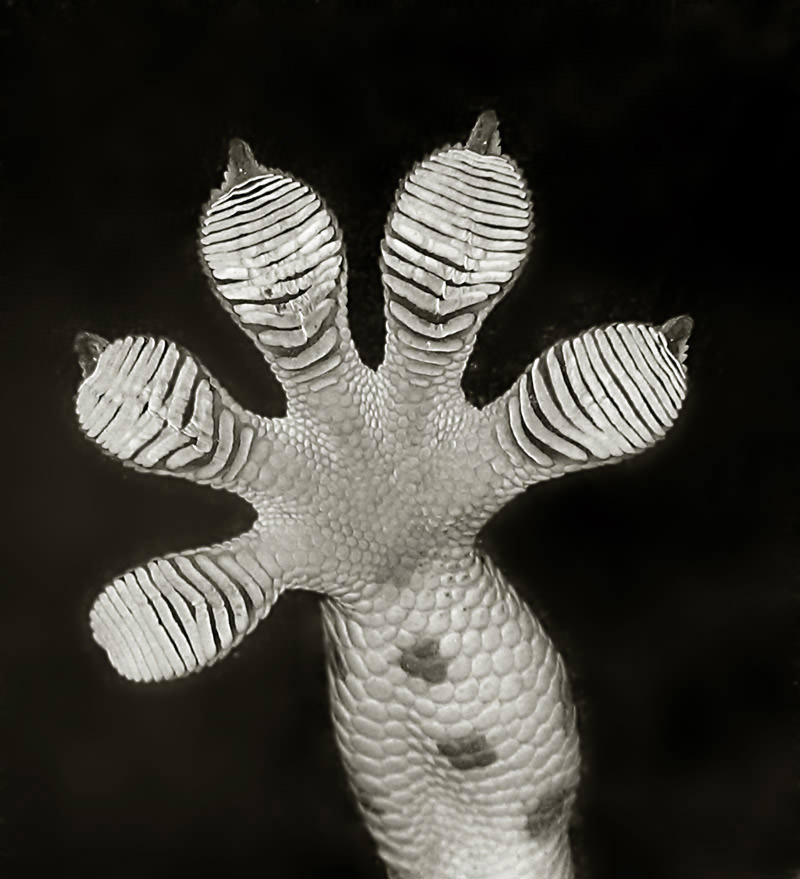Technology and nature have traditionally been viewed as opposing forces—technology has often been a means of creating objects or energies that do not naturally occur in our environment. However, new approaches to product and technology development, such as biomimicry and generative design, have proven otherwise.
Generative design is an approach to the design and engineering of a digital or physical product (website, image, melody, architectural model, detail, animation, etc.) in which a person delegates part of the processes to computer technologies and platforms. By modeling thousands of variations using powerful computing, this process imitates the natural process of evolution.
Jeff Kowalski, chief technology officer at Autodesk, describes the generative design process:
“Machine learning algorithms on computers can now discover patterns inherent in millions of 3D models and create taxonomies without human direction or intervention.” Biomimicry is an “approach to innovation that seeks sustainable solutions to human problems by mimicking nature’s time-tested patterns and strategies.”
Below, we'll look at 10 epic examples of nature-inspired technology that use these biomimicry and/or generative design concepts.
1. Drugs and vaccines - sea urchin
Australian researchers have replicated the way sea urchins build a tough outer shell around themselves to protect proteins and vaccines from changing temperatures.

This chemical process of creating a protective layer is particularly useful for developments such as drugs that are distributed in countries with poor transportation or refrigeration systems.
2. National Aquatic Center, Beijing - Bubble Structure
The famous swimming and diving center from the 2008 Summer Olympics in China has a unique appearance consisting of hundreds of extruded bubbles that appear chaotic.

However, this bubble pattern is not random at all, but is based on precise geometry found in natural systems such as cells, molecular structures, and crystals. Reproducing existing patterns in nature results in the most efficient representation of three-dimensional space.
3. Singapore Esplanade Theaters - Durian civet
Situated on the equator in a very hot climate, the Esplanade Theatres in Singapore have a truly unique design with a glass roof that was inspired by the local Durian fruit.

A system of hundreds of triangular-shaped aluminum panels tilts at an angle toward the sun, protecting the complex from heat and direct sunlight while still providing the interior with natural light.
4. Mixers - Calla
The centripetal spirals of the calla lily served as the inspiration for the industrial water mixing technology developed by Pax Scientific. The natural design of the calla lily is ideal for its ability to support water flow.

The mixer's technology boasts the ability to "disperse 10 million gallons with the same energy space as three 100-watt light bulbs."
5. Turbines - whale fin
Humpback whales have fins with bumpy, jagged edges known as tubercles. Tubercles have been shown to provide much greater fluid dynamics than smooth-edged fins.

Inspired by the jagged fins of these giant whales, companies like WhalePower and others have developed "knobbed" blades for use in fans and turbines that are much more efficient than traditional blades.
6. Swimsuits - shark skin
A shark's skin is made up of thousands of overlapping scales known as "dermal denticles." These denticles disrupt the formation of turbulent eddies in the water and allow the shark to move through the water more efficiently and quickly.

In the 2008 Olympics, Michael Phelps and other swimmers successfully wore suits featuring fabric designed to imitate shark skins and subsequently eclipsed many existing world records. Although such suits are now banned in competitive swimming, the idea of simulating shark denticles is now used on boat hulls to improve performance.
7. Bio-batteries - the human body
The human body creates energy through a chemical reaction known as metabolism. When a person consumes carbohydrates or sugars, enzymes in the body break down the glucose and release energy. Scientists are now working on creating batteries that run on organic compounds like sugar to produce energy: bio-batteries.

Researchers at several universities, as well as at corporations like Sony, have been working for much of the last decade to create a commercially viable bio-battery. In 2007, Sony successfully developed a prototype bio-active battery that used enzymes to create enough energy (50 mW) to power a Walkman.
8. Synthetic material - spider silk
The silk created by spiders to weave their webs is a natural supermaterial. Because spiders are territorial and cannibalistic by nature, “harvesting” spider silk has never been commercially viable. And even once harvested, individual strands of spider silk are so unique and supernatural that entire new technological systems would have to be created to weave the strands together.

However, an Emeryville, California-based startup called Bolt Threads has supposedly solved the problem using genetically modified microorganisms.
If the technology proves viable, potential uses could include "bulletproof vests, biodegradable water bottles and flexible suspension cables."
9. Waterproof Materials - Butterfly Wings
In 2013, a team of MIT engineers developed what was described as the most water-repellent material in human history. Their design features a material with tiny silicon ridges that mimic the patterns found on the wings of the Morpho butterfly.

The material is so effective that at supercooling temperatures, water bounces off the surface faster than it can freeze, suggesting potential applications for the technology on aircraft wings and turbines in addition to waterproof clothing.
10. Duct tape - Gecko fingers
Gecko feet are exceptionally sticky due to their "clusters of long, thin, paddle-shaped structures called setae, which increase surface area and enhance the weak electrical properties between the toes and the surface."

A team of Stanford University researchers recently developed an artificial adhesive material based on these concepts, which allowed a student to scale a glass wall using two hand pads made from the material. Beyond its Spider-Man-like climbing capabilities, the technology has potential applications in the manufacturing industry, replacing existing systems that rely on suction or chemical adhesives.












